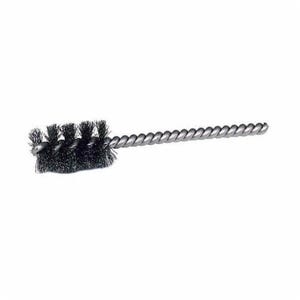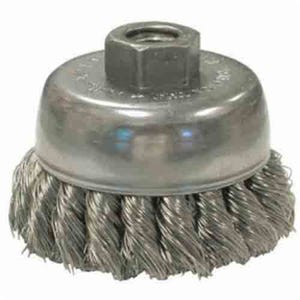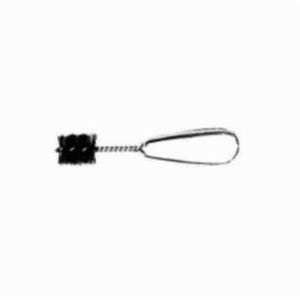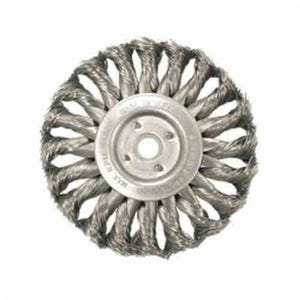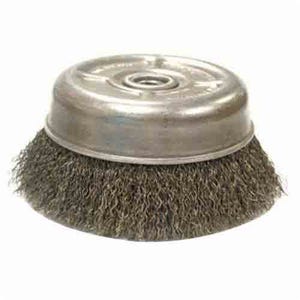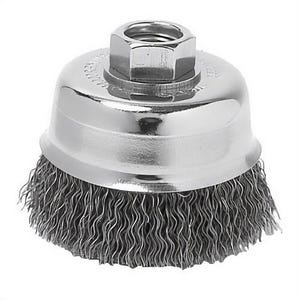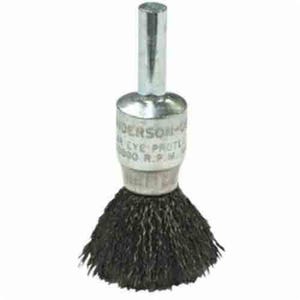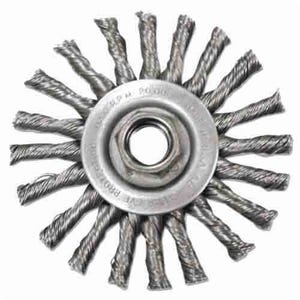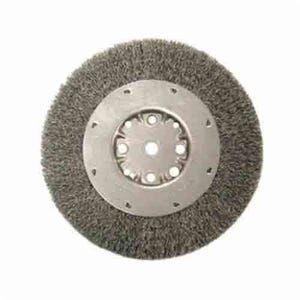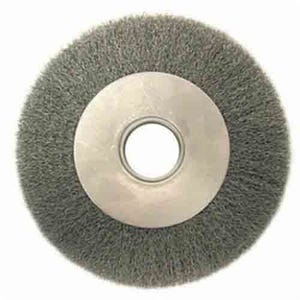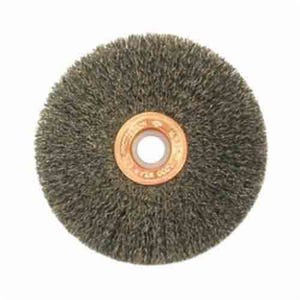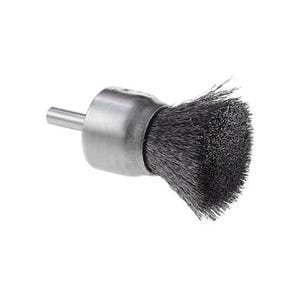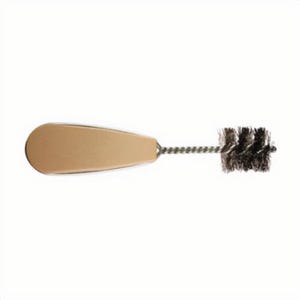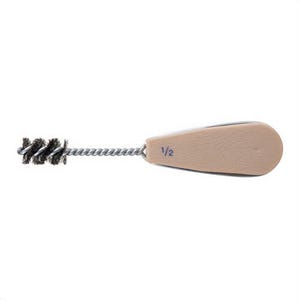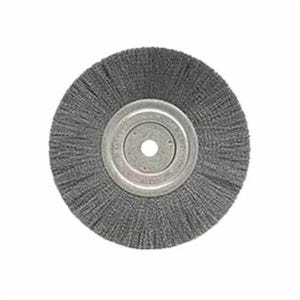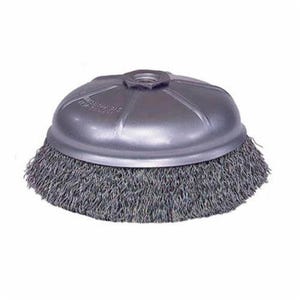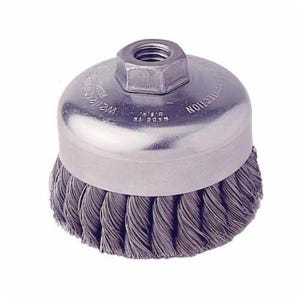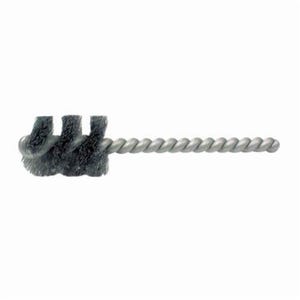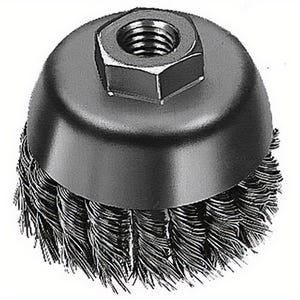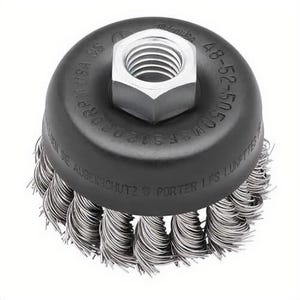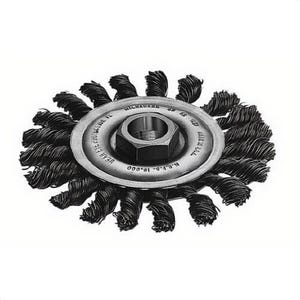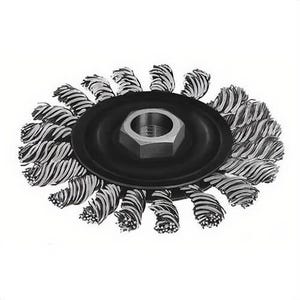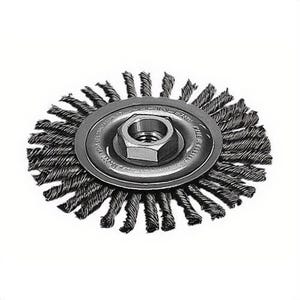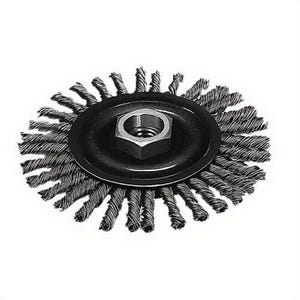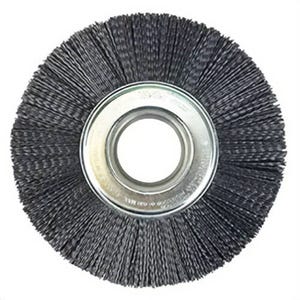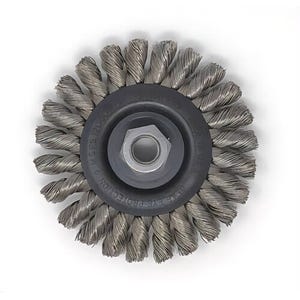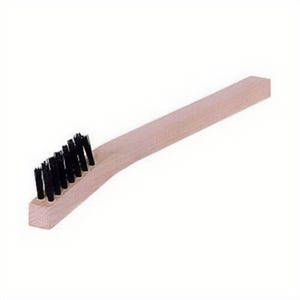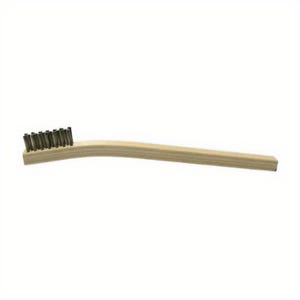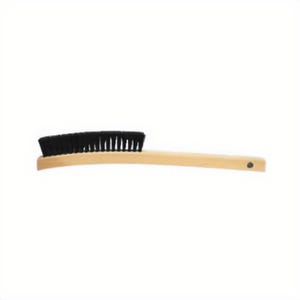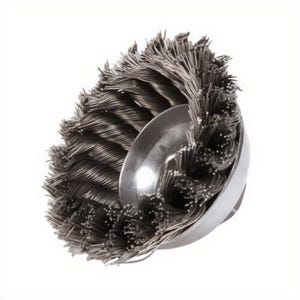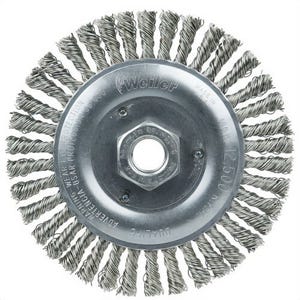Abrasive brushes are vital tools for surface conditioning. They merge the cleaning and polishing abilities of brush filaments with the cutting strength of abrasive grains. Commonly utilized in metalworking, woodworking, and industrial maintenance, these tools excel at tasks like deburring, rust removal, surface preparation, and polishing. Whether finishing fine edges or cleaning internal tubing, abrasive brushes deliver precise results with minimal material distortion.
Types of Abrasive Brushes
1. Wheel Brushes
Wheel brushes are designed in a circular shape and are typically mounted on bench grinders, pedestal grinders, or handheld rotary tools. These brushes are ideal for cleaning, blending, deburring, and surface finishing. They come in various filament types—such as steel wire, stainless steel, or abrasive nylon—and offer uniform brushing over flat or contoured surfaces. Coarser brushes provide aggressive cleaning, while finer filaments are perfect for more delicate finishing work. Wheel brushes are favored in fabrication shops, welding operations, and maintenance departments.
2. Cup Brushes
Cup brushes feature a circular bundle of abrasive filaments arranged in a cup-like design. They are primarily used with angle grinders or rotary tools and excel at covering large surface areas quickly. These brushes are ideal for heavy-duty tasks such as removing paint, scale, rust, weld spatter, and corrosion from metal surfaces. Their wide footprint makes them particularly useful in construction, automotive, and shipbuilding environments. Available in crimped wire for light-duty cleaning or twisted knot wire for aggressive surface removal, cup brushes provide strength and reliability in tough applications.
3. End Brushes
End brushes are compact, round brushes mounted at the end of a power tool, such as drills or die grinders. Their size and shape make them ideal for precision cleaning and finishing in tight spaces. They can be used for deburring holes, slots, grooves, and other narrow or recessed areas that are difficult to reach with larger brushes. End brushes come in various wire types and diameters and are often used in tool and die shops, machine maintenance, and intricate part cleaning. They are small but deliver powerful performance for detailed work.
4. Pipe/Tube Brushes
Pipe and tube brushes are specifically designed for cleaning the interior surfaces of cylindrical objects such as pipes, tubes, hoses, or cylinders. These brushes are particularly important for removing rust, scale, carbon deposits, and buildup from inside bores or tubing, making them ideal for plumbing, HVAC, automotive exhaust systems, and manufacturing lines. They come in various lengths, diameters, and stiffness levels to suit specific cleaning tasks and material types. Some feature long, flexible shafts to help reach deep or curved sections, while others offer double-ended or twisted designs for durability and coverage.
5. Abrasive Nylon Brushes
Abrasive nylon brushes feature filaments infused with abrasive grains such as silicon carbide or aluminum oxide. These brushes deliver a more consistent and gentle finish compared to traditional wire brushes, making them suitable for softer metals, plastics, composites, and even wood. They are commonly employed in applications that require controlled material removal, including edge radiusing, surface blending, finishing, and decorative texturing. Because of their non-sparking and non-reactive nature, abrasive nylon brushes are often preferred in sensitive environments like aerospace or electronics manufacturing.
Applications of Abrasive Brushes
Abrasive brushes have a wide range of industrial and professional applications, including:
• Deburring: Smoothing out rough edges or burrs after cutting or machining metal parts.
• Surface Preparation: Clean surfaces before painting, welding, or applying coatings to enhance adhesion.
• Rust and Paint Removal: Removing corrosion or old paint without harming the base material.
• Polishing and Finishing: Creating a smooth, uniform, or shiny surface on metal, wood, or composite parts.
• Weld Cleaning: Eliminating slag, discoloration, and spatter from weld seams creates a professional finish.
Selecting the Right Abrasive Brush
Choosing the appropriate abrasive brush guarantees optimal results and prolongs tool longevity. Keep these factors in mind:
• Material Compatibility: Match the brush material to the work surface, such as stainless steel for stainless steel parts, to prevent contamination.
• Brush Type: Choose the appropriate brush shape and size according to the surface and area being worked on—use a wheel for flat surfaces, a cup for broad areas, an end brush for tight spaces, and tube brushes for interior cleaning.
• Abrasive Grit and Filament Type: Select coarser grits for aggressive material removal and finer grits for delicate finishing. Nylon filaments are more gentle, whereas steel or stainless wire provides greater cutting power.
• Tool Fit and RPM Rating: Make sure the brush fits your tool and operates within the manufacturer’s recommended speed for safety and performance.
Maintenance and Safety Tips
Proper care and usage are essential for extending the life of your abrasive brushes and ensuring safe operation:
• Inspect Regularly: Check for worn filaments, missing wires, or damage before each use. Replace brushes as necessary.
• Store Properly: Keep brushes dry and clean to prevent contamination or rust.
• Use PPE: Always wear safety glasses, gloves, and face protection to protect against flying debris and wire breakage.
• Don’t Overload: Let the brush do the work—applying excessive pressure can harm the tool and shorten its lifespan.
We’re Here to Help!
Not sure which brush is best for your job? Our team at Hanes Supply is ready to help. We’ll ensure you select the right abrasive brush for your surface, tool, and application—whether cleaning welds or polishing intricate parts. Contact us through our contact page or call us at 1.888.426.3755 to speak with one of our knowledgeable product specialists.

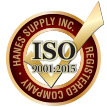

















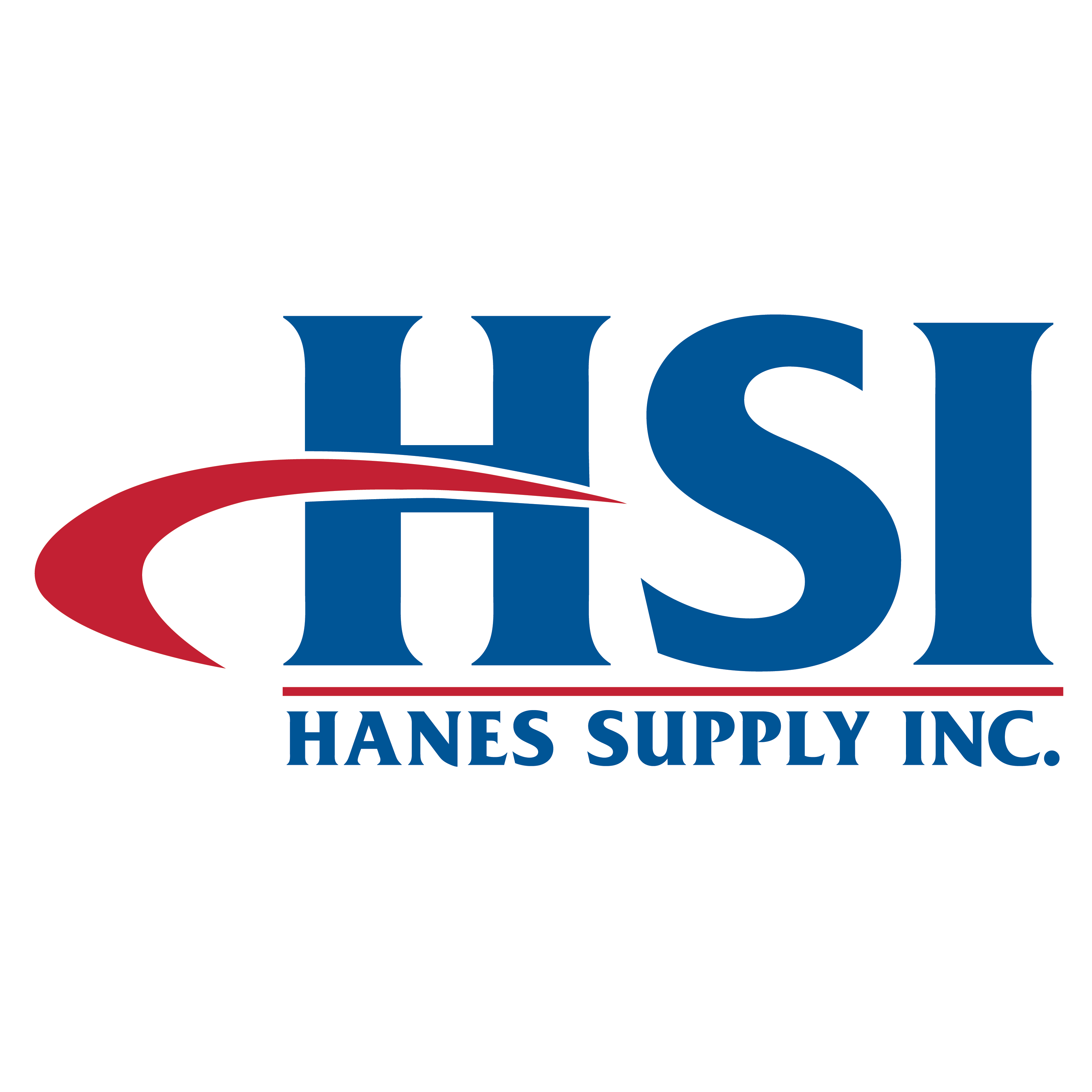


















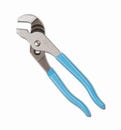 Channellock® 426 Tongue and Groove Plier, 7/8 in Nominal, 3/4 in L C1080 High Carbon Steel Straight Jaw, 6-1/2 in OAL
Channellock® 426 Tongue and Groove Plier, 7/8 in Nominal, 3/4 in L C1080 High Carbon Steel Straight Jaw, 6-1/2 in OAL
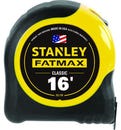 Stanley® 33-716 FatMax® Reinforced Tape Rule with BladeArmor®, 16 ft L x 1-1/4 in W Blade, Mylar® Polyester Film Blade
Stanley® 33-716 FatMax® Reinforced Tape Rule with BladeArmor®, 16 ft L x 1-1/4 in W Blade, Mylar® Polyester Film Blade
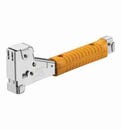 Arrow™ HT50 Professional Heavy Duty Tomahawk Hammer Tacker, Flat Crown Staple
Arrow™ HT50 Professional Heavy Duty Tomahawk Hammer Tacker, Flat Crown Staple
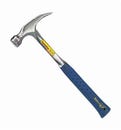 Estwing® E324S Framing Hammer, 16 in OAL, Smooth Surface, 24 oz Steel Head, Straight Claw, Steel Handle
Estwing® E324S Framing Hammer, 16 in OAL, Smooth Surface, 24 oz Steel Head, Straight Claw, Steel Handle
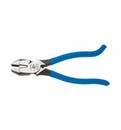 Klein® D2000-9ST 2000 Heavy Duty Rebar Work Cutting Plier, 9-3/8 in OAL
Klein® D2000-9ST 2000 Heavy Duty Rebar Work Cutting Plier, 9-3/8 in OAL
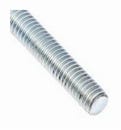 BBI® 777037 All Threaded Rod, 3/8-16, 12 ft OAL, Steel Alloy
BBI® 777037 All Threaded Rod, 3/8-16, 12 ft OAL, Steel Alloy
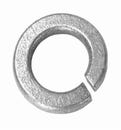 BBI® 754072 Medium Split Lock Washer, 1/2 in Nominal, 18-8 SS
BBI® 754072 Medium Split Lock Washer, 1/2 in Nominal, 18-8 SS
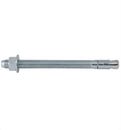 DeWALT® Power-Stud®+ Powers® 7449SD1-PWR Expansion Wedge Anchor, 3/4 in dia, 10 in OAL, 7-1/2 in L Thread, Carbon Steel, Zinc Plated
DeWALT® Power-Stud®+ Powers® 7449SD1-PWR Expansion Wedge Anchor, 3/4 in dia, 10 in OAL, 7-1/2 in L Thread, Carbon Steel, Zinc Plated
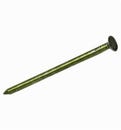 Primesource® 8CTDSKR Sinker Nail, 17/64 in, 2-3/8 in L, 9 ga, Vinyl Coated, Smooth Shank
Primesource® 8CTDSKR Sinker Nail, 17/64 in, 2-3/8 in L, 9 ga, Vinyl Coated, Smooth Shank
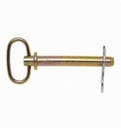 Campbell® T3899724 Hitch Pin, 1/2 in dia, 4-1/4 in L Usable, Forged Steel, Zinc Plated with Yellow Chromate, 5 Grade
Campbell® T3899724 Hitch Pin, 1/2 in dia, 4-1/4 in L Usable, Forged Steel, Zinc Plated with Yellow Chromate, 5 Grade

